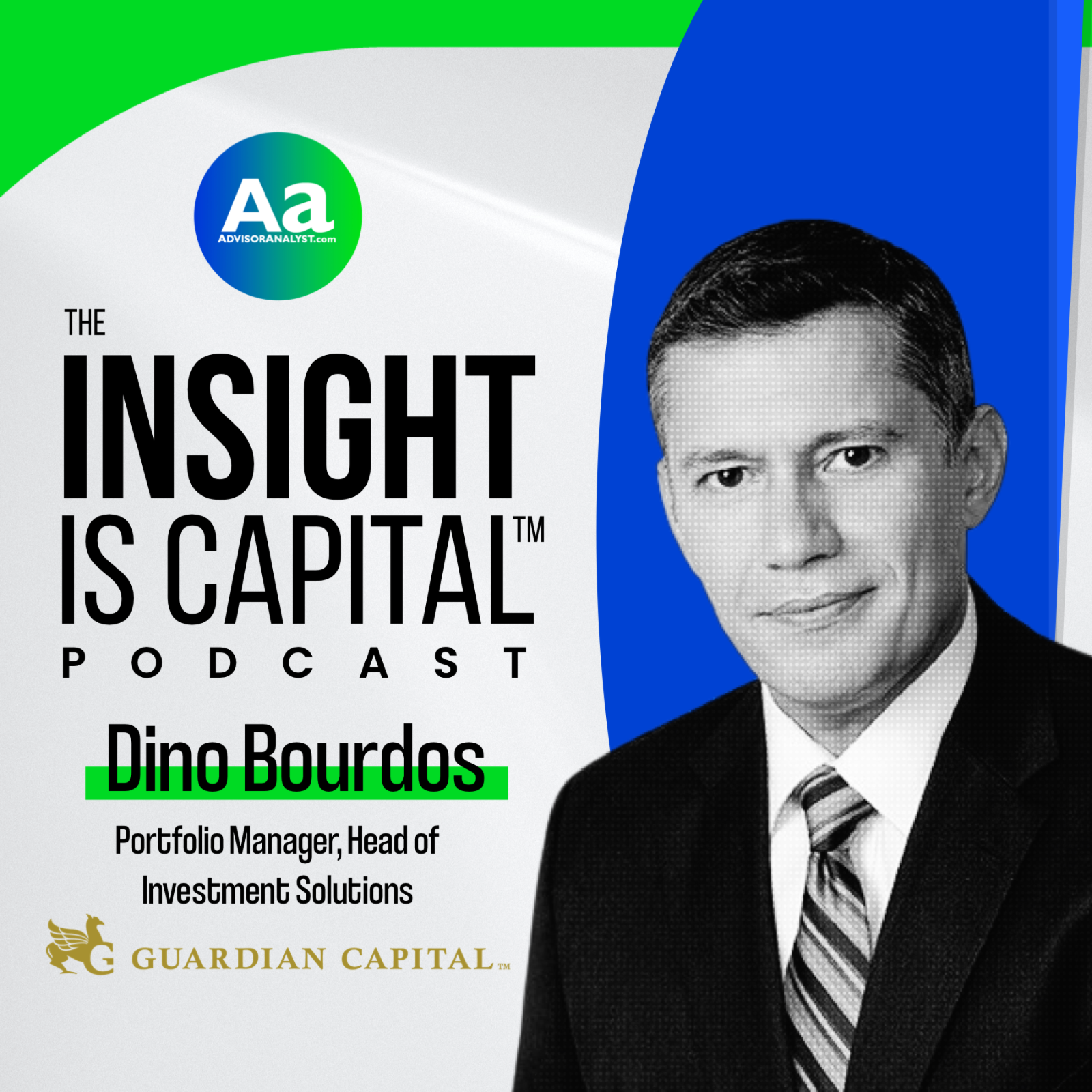Discover how covered call strategies can help investors profit from rising volatility in today’s markets. Nicolas Piquard, Chief Options Strategist at Hamilton ETFs, shares his insights on using covered call options strategies to generate income from popular bank and utilities stock holdings (HMAX and UMAX). Piquard also discusses in depth, the case for the new and timely opportunity of using a covered call strategy to enhance returns from bonds, and how Hamilton ETFs’ HBND works.
Learn why this innovative approach allows for more nuanced portfolio adjustments, without taking on additional risk.
Nicolas Piquard: Monetizing Volatility in Bonds (a First) & Equities
Timestamped Summary:
[00:00:00] Monetizing volatility with Hamilton ETFs Chief Options Strategist Nicolas Piquard
– Nick Piquard shares insights on monetizing volatility in equity and bond markets.
[00:01:16] Bank earnings, volatility, and covered calls with a focus on Canadian banks.
– discusses his career in the options space, from sell side to buy side, and his current work at Hamilton ETFs.
– Daillie asks about the outlook for bank earnings in light of recent results and expectations.
– provides a mixed view, citing both positive and negative factors, including rising interest rates and a weaker economy.
– notes that Canadian banks have historically been less volatile than US banks, but current market conditions create potential buy opportunities (0:05:25).
[00:07:06] The attractiveness of covered calls in the current market environment, with strong dividends and potential for extra yield .
[00:08:06] Covered call options in a volatile market.
Daillie notes the prevalence of Canadian bank ownership in US banks and stadium naming rights, suggesting it’s a source of national pride.
– believes there are good deals to be had in regional banks due to their low valuation, but they need access to capital to overcome challenges.
– highlights the potential opportunities for covered call option writers in a volatile market, as the price of call options increases in such environments.
– advises focusing on selling call options at the higher end of a price range to maximize performance, rather than selling too much upside at a single point.
– advises navigating short-term market volatility by using covered call strategies, avoiding short-term lows, and taking advantage of market whipsaws.
– explains how to navigate a volatile market by writing fewer call options and waiting for better entry points.
– provides an example of how to manage a situation like this in the Canadian banking sector.
[00:17:45] Options trading strategies and their implementation.
Active call strategy can help diversify exposure and adapt to changing market conditions.
– emphasizes importance of proper management of covered call strategies for long-term success.
[00:21:51] Covered call strategies in volatile markets.
– Investors seek tax-efficient income through covered call strategies on safe assets like Canadian banks and utilities, freeing up time for other investment decisions.
– Investors may seek insurance against large cap tech names, generating premiums for investors.
– discusses the benefits of using a covered call strategy in volatile markets, particularly in sectors like tech and energy where upside potential is high.
– notes that while the strategy involves giving up some upside potential, the increased yield from selling call options can help offset this trade-off.
[00:27:48] Using covered calls to diversify and generate income in a volatile market.
– Investors may benefit from diversifying into covered calls to monetize volatility in a potentially uncertain financial environment.
– Investors seeking income can use covered call strategies to monetize volatility while maintaining existing portfolio holdings.
[00:32:10] Tax loss selling and bond market strategies.
Daillie highlights the tax loss selling opportunity in the banking sector, where investors can capture tax efficient income and enhance overall yield.
– Hamilton’s new ETF exploits volatility and yield in the bond market, a strategy that has not been done before, with investors asking why it hasn’t been explored earlier.
– explains that TLT, a bond ETF, has become a popular proxy for long-term yields due to its liquidity and size, making it an attractive option for covered call strategies.
– Daillie agrees, noting that TLT has become a shorthand for long-duration bonds and its options market has become liquid, making it an ideal choice for traders.
– explains why there hasn’t been any previous covered call BOND ETF formations. The concept didn’t have any traction to become popular until recently, citing bond market trends and Fed actions.
[00:38:52] Long-term bond yields and inflation.
– identifies two key factors driving the market: investors’ perception of inflation and the ability to lock in high yields with safety.
– discusses factors contributing to sticky inflation, including demographic changes, globalization, and monetary policy.
– Counterarguments include concerns about global debt levels and the potential for higher rates to cause economic issues.
[00:44:25] Interest rate volatility and its impact on financial markets.
– notes that traditional buyers of US Treasuries, such as China and Japan, are becoming less active due to high yields in their own bond markets, potentially impacting US interest rates.
– highlights a chart showing the correlation between interest rate volatility and equity volatility, with both increasing in recent years despite the VIX decreasing.
– believes that interest rate volatility will continue to rise due to the Fed’s balance sheet reduction, leading to higher VIX levels.
[00:50:01] A new ETF strategy for fixed income investors (HBND).
– Investors can now access extra yield through a new ETF that combines fixed income exposure with covered call strategy, using TLT as the underlying bond.
– discusses using a covered call strategy with US Treasuries to generate income with lower risk.
[00:54:24] Bond market volatility and investment strategies.
– Investors may benefit from exploiting long-term yield opportunities in the bond market, particularly through covered call strategies, given the current high volatility environment and potential for sustained government spending.
– Investors can fine-tune portfolios with new opportunities for volatility monetization.
– is excited about the opportunity in bond ETFs, seeing it as a timely and popular investment opportunity.
– discuss the potential of adjusting portfolio trim without major attitude adjustment, using analogies like boat engine trim and volume control.
Closing
Where to find Nicolas Piquard
Nicolas Piquard on Linkedin
Hamilton ETFs
Strategies discussed:
HMAX – Hamilton Canadian Financials Yield Maximizer ETF
HBND -Hamilton U.S. Bond Yield Maximizer ETF







